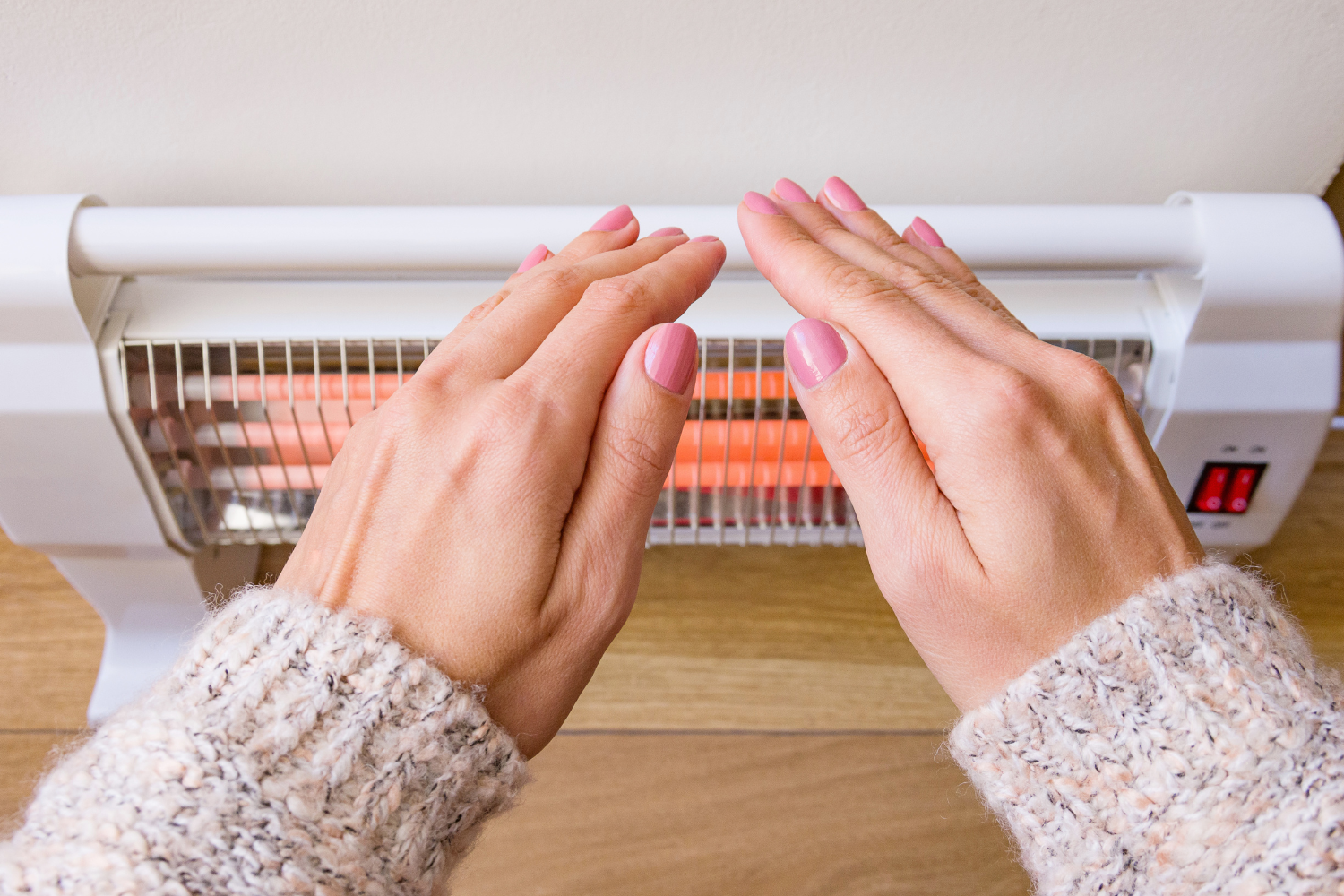
Convection heat is based on the traditional principle of radiators. Cold air is drawn in at the bottom through the radiator and released at the top as warm air. The heated air rises and is distributed throughout the room, creating continuous air circulation.
The advantages of convection heat lie in the rapid heating of the room and the even distribution of heat throughout the room. However, this method also has its disadvantages: Warm air tends to rise upwards, which can lead to a temperature difference between head and feet in high rooms. In addition, dust swirls can occur, which can be particularly problematic for allergy sufferers.
Infrared heaters generate direct radiant heat, similar to the sun's rays. This type of heating does not heat the air, but objects and bodies in the room directly. The heat can be felt immediately and is concentrated in the area where you are. The advantages of radiant heat are the fast and efficient heat emission and the fact that there is no dust turbulence, making it allergy-friendly. A possible disadvantage is that the heat is mainly felt in the immediate vicinity of the heating. In addition, the costs can increase if it is in continuous operation, unless photovoltaic electricity is used.
In recent years Hybrid radiators proven to be extremely successful. They combine the advantages of infrared heating with those of traditional convection heating. An infrared panel on the front of the radiator generates direct radiant heat, while the waste heat on the back is used to heat the air. This hybrid system ensures an even room temperature and significantly reduces energy consumption. The combination of these heating methods makes infrared hybrid heaters particularly suitable for sporadically used rooms, holiday homes and weekend houses.
Conclusion
The choice of the best heating system depends on various factors such as room size, frequency of use and personal preferences. When choosing an infrared heating system, you should always focus on quality and sustainability in order to benefit from the advantages in the long term.